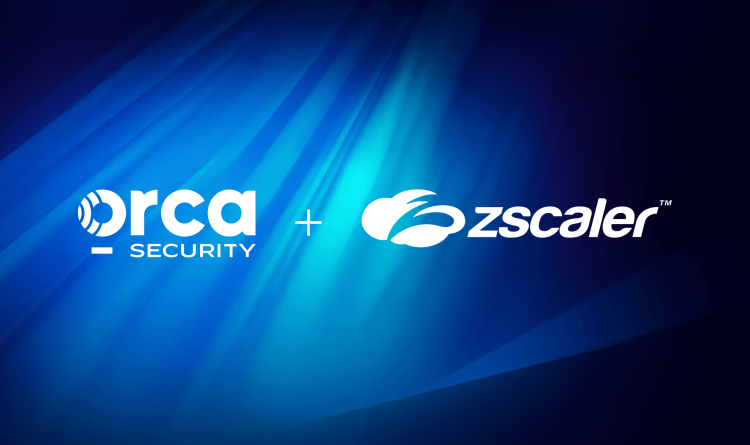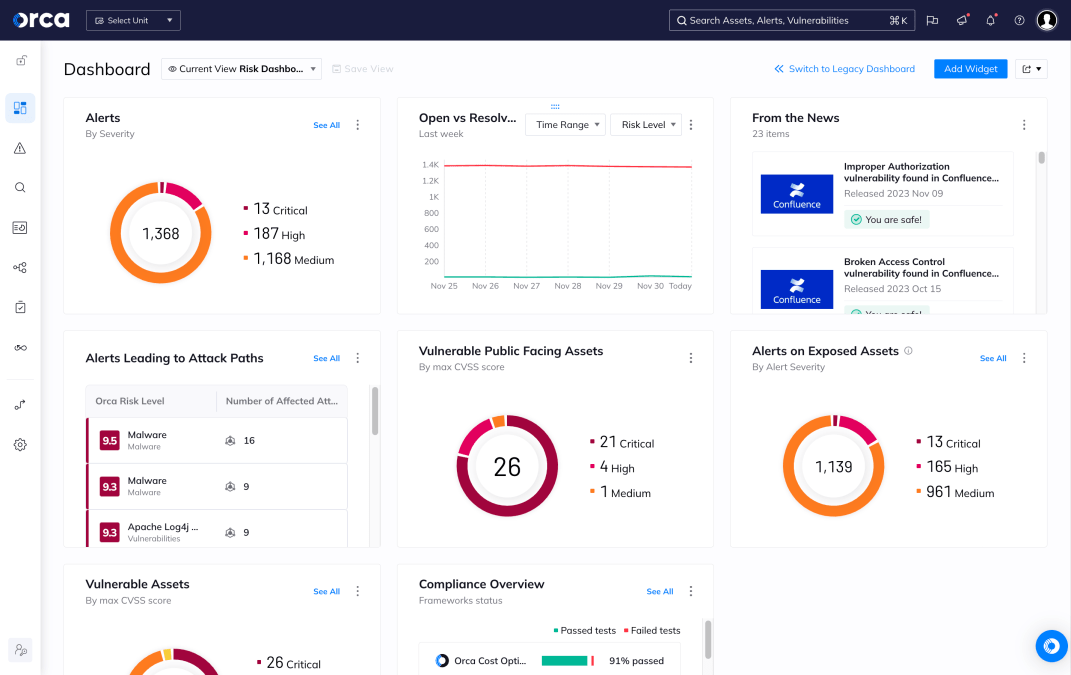The Cybersecurity and Infrastructure Security Agency (CISA) is the United States federal agency responsible for enhancing the security, resilience, and reliability of the nation’s critical infrastructure. Established in 2018 under the Department of Homeland Security (DHS), CISA serves as the “nation’s cyber defense agency,” working across government, industry, and the public to safeguard against cyberattacks and physical threats.
CISA plays a pivotal role in protecting the technologies and systems that power essential services such as energy, transportation, healthcare, communications, and government operations.
What is CISA?
CISA is both a regulatory and collaborative agency, tasked with ensuring that critical U.S. infrastructure can withstand evolving threats. Its responsibilities include:
- Cyber defense: Providing guidance, alerts, and tools to help organizations prevent and respond to cyber incidents.
- Infrastructure protection: Addressing risks to physical and digital assets that are vital to national security and the economy.
- Emergency response: Coordinating national efforts in response to cyber or physical incidents impacting critical services.
- Information sharing: Acting as a hub for threat intelligence sharing between the government and private sector.
CISA works with partners across federal, state, and local governments, as well as private enterprises, to provide resources, conduct assessments, and establish best practices for security.
Why CISA matters
CISA is central to the U.S. government’s ability to defend against cyber and infrastructure threats:
- National security: Protects critical systems from adversaries who could disrupt government operations or daily life.
- Public-private collaboration: Bridges the gap between government and industry to strengthen defenses across all sectors.
- Trusted guidance: Publishes frameworks, advisories, and alerts that organizations use to bolster their cybersecurity posture.
- Incident response: Provides expertise and coordination during major national-level incidents, such as ransomware attacks or supply chain compromises.
For organizations, CISA’s recommendations are considered authoritative guidance on how to defend against the most pressing threats.
How CISA works
CISA fulfills its mission through several key programs and initiatives:
- Cybersecurity advisories and alerts: Real-time warnings about active threats, vulnerabilities, and exploits.
- Binding Operational Directives (BODs): Mandated security requirements for federal agencies, often later adopted by industry.
- Cross-Sector Cybersecurity Performance Goals (CPGs): Baseline practices organizations of all sizes can use to strengthen defenses.
- National Cybersecurity & Communications Integration Center (NCCIC): A 24/7 hub for cyber defense and coordination.
- Partnership programs: Collaboration with ISACs (Information Sharing and Analysis Centers), JCDC (Joint Cyber Defense Collaborative), and other industry groups.
By combining mandatory directives for federal agencies with voluntary guidance for the private sector, CISA strengthens national resilience against both known and emerging threats.
Key challenges CISA addresses
CISA’s efforts help mitigate several persistent challenges:
- Rising cyber threats: From nation-state adversaries to criminal ransomware groups.
- Fragmented defenses: Ensuring federal, state, local, and private organizations all align to baseline security practices.
- Supply chain risks: Addressing vulnerabilities in the software and hardware that underpin critical services.
- Resource disparities: Supporting smaller organizations and municipalities that lack robust cybersecurity programs.
Best practices recommended by CISA
CISA frequently advises organizations to adopt practices such as:
- Implementing multifactor authentication (MFA) to prevent account compromise.
- Regular patching and vulnerability management to reduce exposure to known exploits.
- Zero trust architecture for securing access to systems and data.
- Incident response planning to minimize the impact of breaches.
- Security awareness training for employees to counter phishing and social engineering attacks.
CISA also encourages use of its free tools and services, including scanning services, risk assessments, and best-practice guides.
How Orca Security helps
Orca Security aligns closely with CISA’s mission by delivering a unified cloud security platform that enables organizations—including federal agencies and their partners—to adopt the very practices CISA recommends.
With Orca, organizations can:
- Identify and remediate risks across cloud infrastructure, applications, identities, data, and more to prevent attackers from exploiting them.
- Secure the entire application lifecycle from pre-deployment through runtime with unified application and cloud security capabilities.
- Leverage real-time runtime security for active threats in real time, reducing dwell time and impact.
- Achieve multi-cloud compliance with +185 built-in regulatory and industry frameworks, including FedRAMP, NIST, and +185 other regulatory and industry standards.
By achieving FedRAMP Moderate authorization, Orca has also demonstrated its platform meets the security standards required for federal agencies, making it an ideal partner for organizations following CISA’s cybersecurity goals.



